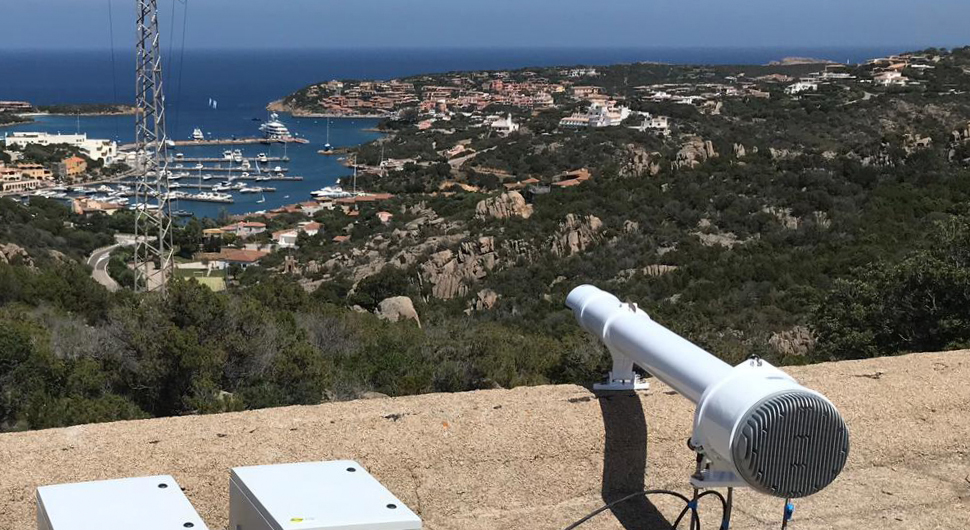Extreme Accuracy and Safety for Long and Narrow Fairways
Factors to consider when choosing an AtoN signal light
The optimal choice of a visual Aids to Navigation marine signal for a specific application depends on multiple factors:
- Size of the port,
- The width and depth along the fairway,
- Geography,
- Weather conditions; and
- Types of vessels served.
It all comes down to one goal: to guide vessels safely and efficiently into and out of port

Different types of AtoN signals are for example the following:
- Leading Lights (also known as Range Lights)
- Sector Lights
- Omni-directional Sector Lights
- Projector Sector Lights (also known as PEL Lights)
All of the options above have their optimal applications where they would be the best choice. In some cases, many different marine signals could be used to guide vessels safely through the channel. With multiple options offering the same functions, the choice often depends on one factor: the cost.
The price of the lantern is not always the best reference for the total cost of the project.
When evaluating the costs of an AtoN application, instead of just comparing the cost of two lanterns,
you should also consider these factors:
- the building or rental costs of possible towers or underwater foundations for the lights
- land rental charges
- cost of the expertise needed for the installation
PEL Lights: When, Where and Why

While each type of lantern has its optimal application, there are conditions where High-Precision Projector Sector Lights, also known as PEL Lights, have the advantage over everything else. Only PEL Lights can deliver the required accuracy in busy ports and long and narrow channels. When extremely precise guidance is needed, PEL Lights with the option for oscillating boundaries are the safest and most accurate option.
PEL’s are not the most affordable AtoN signals available, but in challenging conditions, they might be the most cost-efficient choice. For example, if we compare the costs of PEL Lights to Leading Lights, the light itself is a more costly option. However, considering the geographical requirements and limitations for both of these lights, in some cases the total cost for PEL lights might be even cheaper while also offering more safety and accuracy.
PEL Lights require only a single structure for mounting. That structure can quite easily be an already existing one, a bridge for example (Reference case: PEL-4 installed on Lions Gate Bridge, Vancouver, Canada). Leading Lights instead always need two structures, since two lights are needed for one installation. In long channels, leading lights and their structures need to be very high and far away from each other.
When distances grow, it gets harder and more expensive to find existing structures suitable for Leading Lights. There might be rental costs for land and structures or even building costs if suitable towers can’t be found. In some cases, geographical conditions might just not allow a proper setup for leading lights.
Leading Lights also need more costly expertise for installation while PEL Lights are easier to install. When these additional costs to the actual lanterns start to grow out of proportion for Leading Lights, the cost of a PEL Light might start to look affordable. Maintenance is also cheaper and easier for a single PEL installation.
Cost-Effective, Accurate and Safe:
In the right circumstances, PEL Lights are all of this.

PEL Lights, Leading Lights and other AtoN solutions all have their benefits in different applications. Any decision should be based on a thorough risk assessment and an understanding of the unique characteristics of the location.
If you need help finding the right AtoN light for your application,
contact our experts here.


